There’s a simple truth that surprised even me, a former Jeep engineer: a clay bar can change the game in auto detailing, but does it remove wax? This question intrigued me during my years of keeping off-road vehicles pristine, and the answer can turn some assumptions on their heads. In the world of car care, using a clay bar can feel like a double-edged sword—essential yet capable of unintended consequences. I’ve often seen detailers overlook the crucial balance needed when employing this tool, which can lead to removing protective layers of wax they intended to preserve.
Understanding the clay bar’s true role isn’t just about surface cleanliness; it’s about mastering the intricate dance between preparation and protection. Whether you’re a detailing veteran or a newcomer seeking to enhance vehicle aesthetics, knowing how to wield a clay bar effectively is key. It’s not just about technique; it’s about avoiding costly mistakes while achieving that showroom shine. So let’s delve into what a clay bar really does, how to harness its potential without stripping wax, and how to integrate it seamlessly into your detailing routine. Together, we’ll ensure your vehicle not only looks immaculate but stays that way.
What is a Clay Bar?
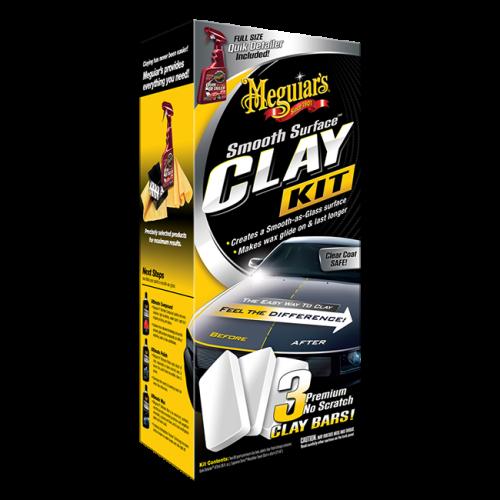
I remember my first encounter with detailing clay. I was skeptical about its necessity until I saw how it transformed the vehicle’s surface. Have you ever wondered how detailing clay can drastically alter the surface of your vehicle? Let me tell you, it’s like uncovering a hidden layer of beauty you didn’t know was there. A clay bar isn’t just another product tossed into your detailing kit. It’s a meticulously designed tool that effectively lifts embedded contaminants that standard washes leave behind.
Picture this: tiny particles of brake dust, industrial fallout, and road grime clinging to your vehicle’s paint. No matter how much you wash, they stubbornly stay, scratching and dulling the finish over time. That’s where a clay bar steps in, effortlessly gliding over the surface, picking up these contaminants and leaving behind nothing but smooth, clean paint. As someone who’s seen the transformative power of this tool, especially on off-road vehicles, the clay bar is an essential stepping stone in the journey towards that showroom shine.
Why Use a Clay Bar?
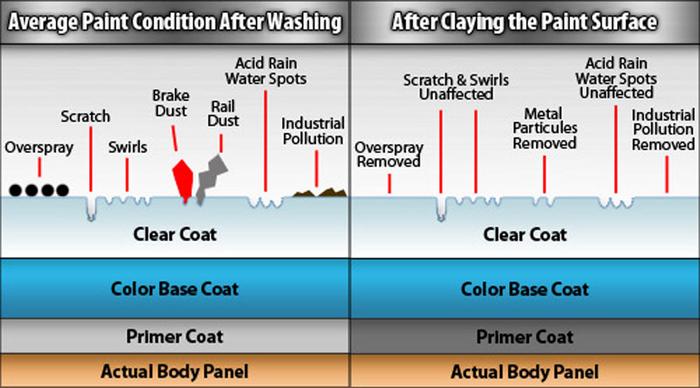
Imagine polishing your vehicle without removing years of embedded dirt—what could go wrong? During my days designing Jeeps, I witnessed firsthand how contaminants can ruin a perfect paint job. One instance stands out vividly: as we prepped a show vehicle, we decided to use a clay bar, and the results were nothing short of transformative. This simple step revealed the stunning depth of our paint job, allowing it to truly shine in the spotlight. It’s essential for any detailer to comprehend the necessity of using a clay bar because it sets the foundation for all subsequent work.
Without this crucial process, you’re essentially polishing a dirty canvas. Think of all the grime, environmental fallout, and microscopic particles that accumulate over time. These aren’t visible at a glance, but their impact is significant, dulling your paintwork and obstructing its brilliance. By integrating a clay bar into your detailing routine, you ensure that you’re working on a perfectly clean surface. This isn’t just about aesthetics; it’s about preserving the integrity and longevity of your vehicle’s finish, transforming what could be a routine polish into an art form.
Does a Clay Bar Remove Wax?
Effects on Different Types of Wax
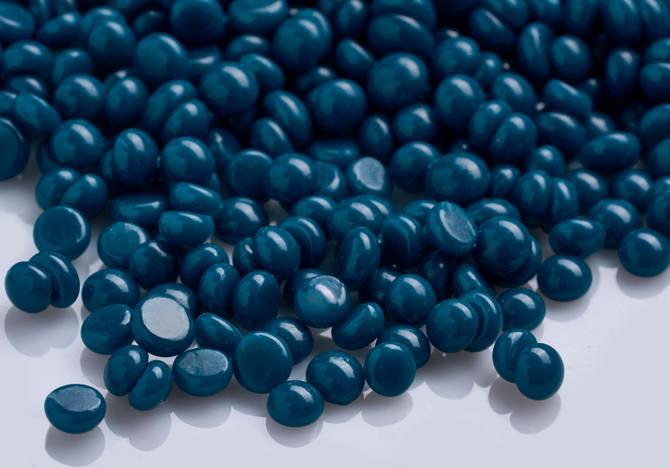
Did you know that not all waxes can withstand the abrasiveness of a clay bar? This is a crucial insight for anyone delving into the art of auto detailing. As a detailer, I’ve come to appreciate the intricate dance between different types of car wax and the abrasives found in detailing clay.
In my experience, understanding the unique reaction each wax has to a clay bar is essential. I recall a client who meticulously applied a high-end carnauba wax, only to find the protective layer compromised after claying. This unfortunate incident underscored for me the delicate balance required—a balance between using the clay bar for its intended purpose of removing contaminants and preserving the car wax that provides shine and protection.
Not every wax is crafted to endure the rough embrace of a clay bar. Emphasizing compatibility can prevent costly errors and maintain the integrity of the finish. To navigate this challenge, I strongly recommend testing a small section of the vehicle’s surface before fully committing, especially when using premium waxes.
This understanding not only aids in effective detailing but seamlessly guides the transition to maximizing the benefits of claying while safeguarding your car’s paint protection in subsequent steps.
Impact on Paint Protection
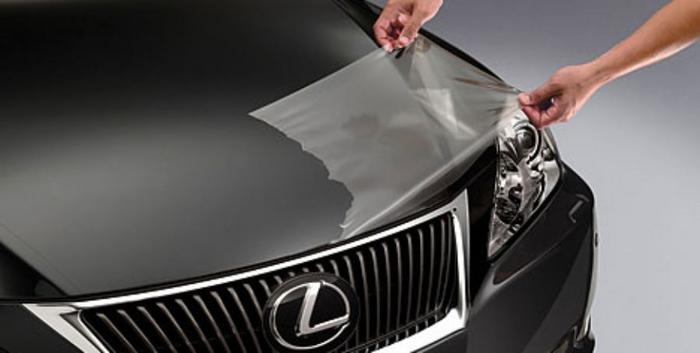
What if using a clay bar meant saying goodbye to your paint protection? As a detailer, I’ve seen firsthand the impact a clay bar can have on the sealant and other LSP (Last Step Product) on your vehicle. When a client comes to me for a full detail, it’s crucial to explain the potential for sealant removal. This transparent dialogue is vital because many assume their paint protection remains intact post-detailing.
From my experiences, I can tell you that a clay bar, while effective at removing contaminants, also strips away wax and sealants. This removal occurs because the clay bar focuses on lifting dirt particles from the surface, inadvertently impacting the auto detailing work by diminishing its protective layers. My aim is always to build trust and ensure the satisfaction of my clients by setting the right expectations—this includes discussing the necessity of reapplying protection afterward. Through strategic planning, you can maintain your vehicle’s protection while leveraging the benefits of a clay bar.
How to Use a Clay Bar Without Losing Wax
Preparing Your Vehicle
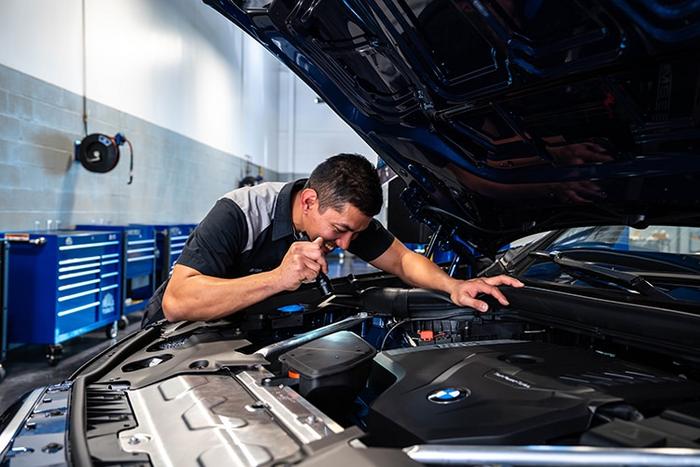
Have you ever been tempted to skip the wash before claying your vehicle? Think again! Before I learned the importance of preparation, I often found myself diving right into using a clay bar without the proper wash. It was a costly mistake to skip a thorough detailing wash, as I ended up embedding more dirt into the paint instead of removing it. Now, I can’t stress enough the significance of proper surface preparation to my clients.
The pivotal first step in car care ensures that the clay bar can glide over the surface without any abrasive grime scratching up the paint. A clean vehicle not only enhances the claying process but also preserves any existing protectants, minimizing wax loss during the clay bar treatment. So, before you reach for that clay bar, remember that meticulous preparation is key. It’s an investment that saves both time and headaches down the line, making sure the vehicle’s protection remains intact.
Applying the Clay Bar
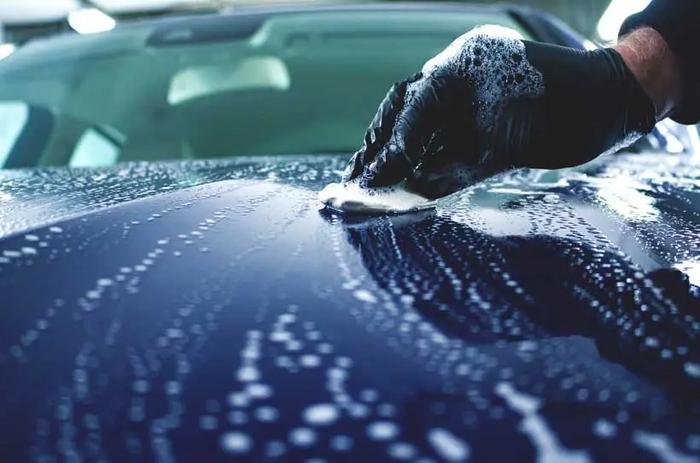
As a seasoned detailer, I’ve learned the subtleties of maximizing a clay bar’s potential. What happens when you don’t use enough lubrication while applying a clay bar? The answer is a harsh lesson in paint decontamination gone wrong. I once found myself working on a seemingly minor job, only to realize I skimped on the clay bar lubrication. The outcome was far from satisfying—an uneven finish I sought to avoid. This misstep highlighted how crucial it is to apply ample lubricant, ensuring the detailing clay glides effortlessly across the surface.
Through trial and error, I’ve discovered that giving each section your attention and time is indispensable. The clay bar works its magic by delicately lifting contaminants without risking the integrity of the existing wax layer. It underscores the importance of preparation and underscores how meticulous application protects what you’ve built up in the wax layer. In the realm of vehicle detailing, patience and precision aren’t just virtues; they’re non-negotiable.
Best Practices and Tips
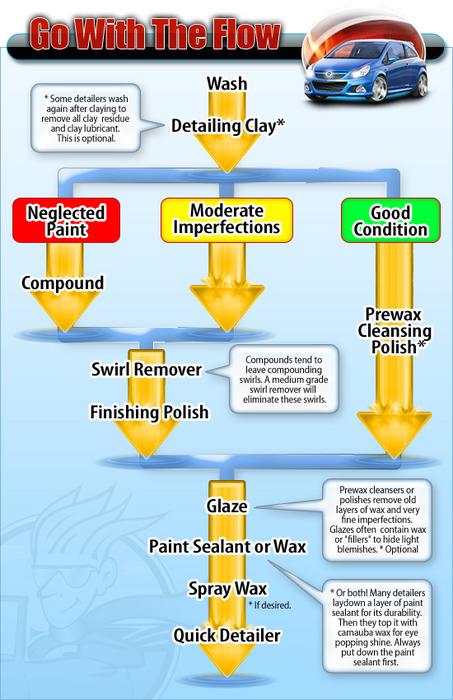
What are the hidden pitfalls lurking in the world of auto detailing that could ruin your finish? In my experience, these pitfalls are often rooted in overlooking the finer details or succumbing to the temptation of cutting corners. Trust me, it may seem trivial at first, but the repercussions can linger long after you’ve put your detailing tools away.
Throughout my career, one thing I’ve learned is the pivotal role of a systematic approach. You can’t just slap on a clay bar and call it a day. It’s part of a larger process that demands attention to detail from start to finish. Begin with proper preparation, ensuring the surface is clean before even considering a clay bar. This step prevents debris from being trapped and causing scratches during the process. When applying the clay bar, use it as a means to enhance and protect the paint finish by removing contaminants, not as a standalone solution.
Remember to follow up with a quality wax application after claying. This isn’t just about achieving shine; it’s crucial for replenishing the protective layer on the vehicle. My advice? Always be mindful of your technique and materials. Avoid cheap shortcuts. Staying diligent doesn’t just enhance your vehicle’s appearance, it prolongs its life and preserves its value. The beauty is in the details, and the rewards are well worth the effort.
FAQs
What is a Clay Bar and How is it Used in Detailing?
When Should You Use a Clay Bar?
What are the Benefits of Using a Clay Bar?
How Does Wax Removal Fit into the Detailing Process?
What Tools and Products are Recommended for Wax Removal?
Why is it Important to Follow Up with New Wax or Sealant?
Conclusion
Are you prepared to elevate your detailing skills and protect your investment like never before? Understanding the importance of a clay bar is pivotal in auto detailing, as it’s instrumental not only for car care but also in maintaining your vehicle’s value. From my days as a Jeep engineer to now, the core lesson is crystal clear: embrace these techniques. Mastering clay bar usage preserves both the aesthetics and integrity of your vehicle. Take my advice—diligence and education in these skills are indispensable. Your dedication will reflect in every shine and every mile. Your vehicle will undoubtedly thank you.